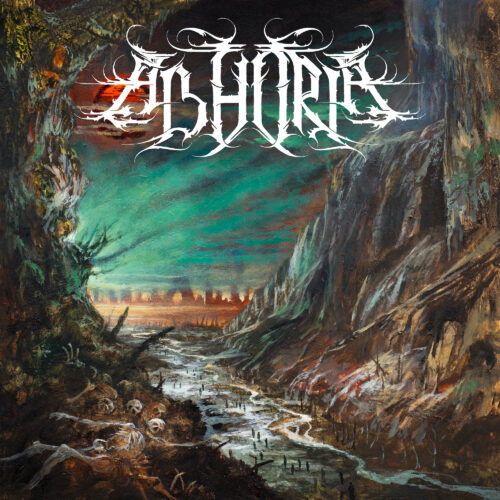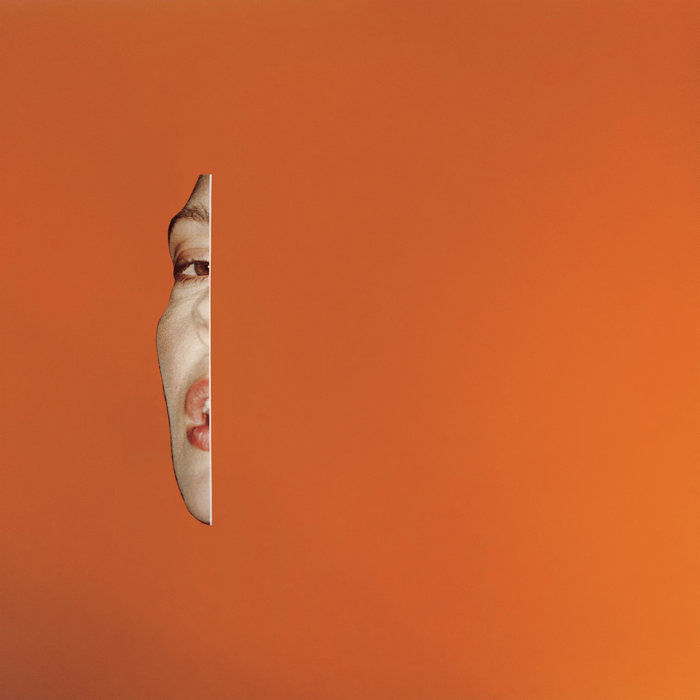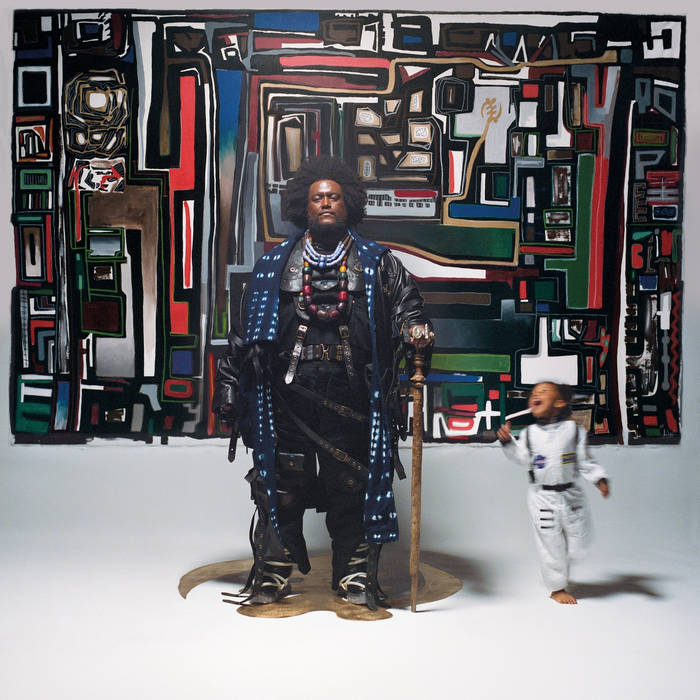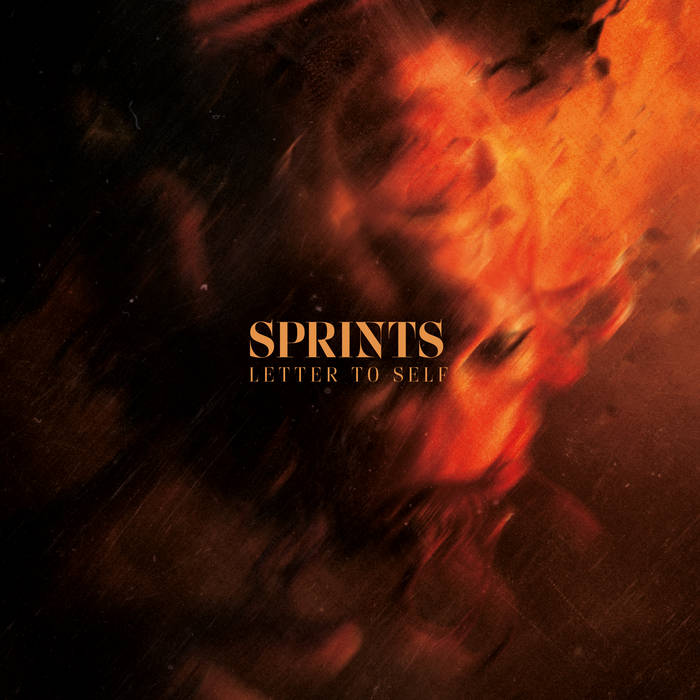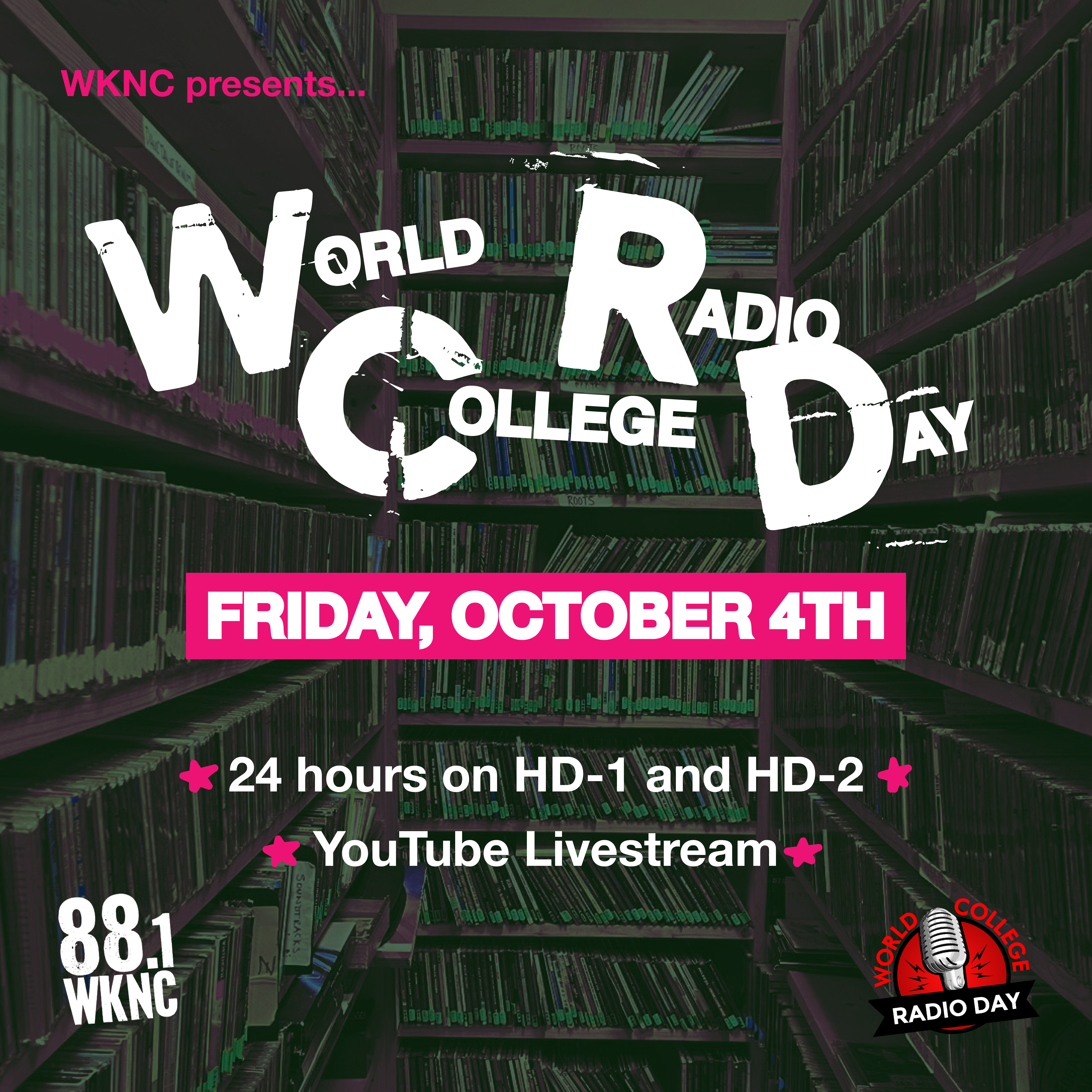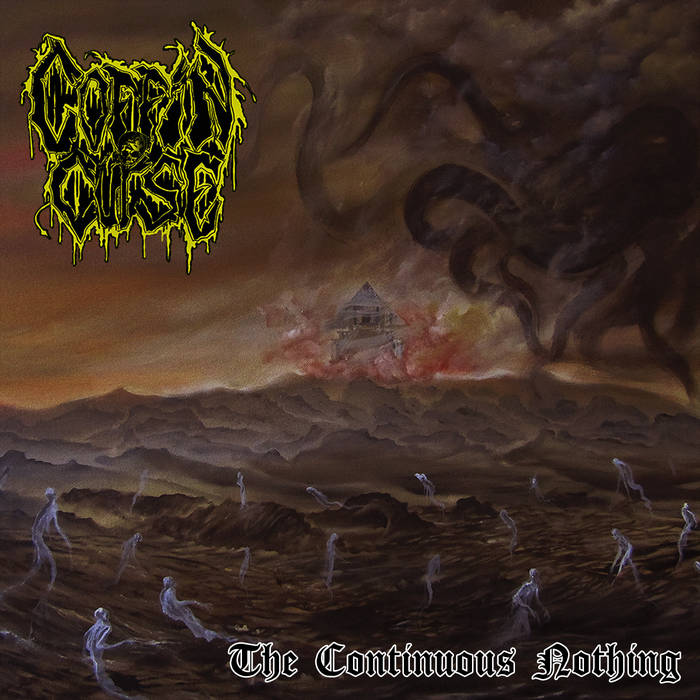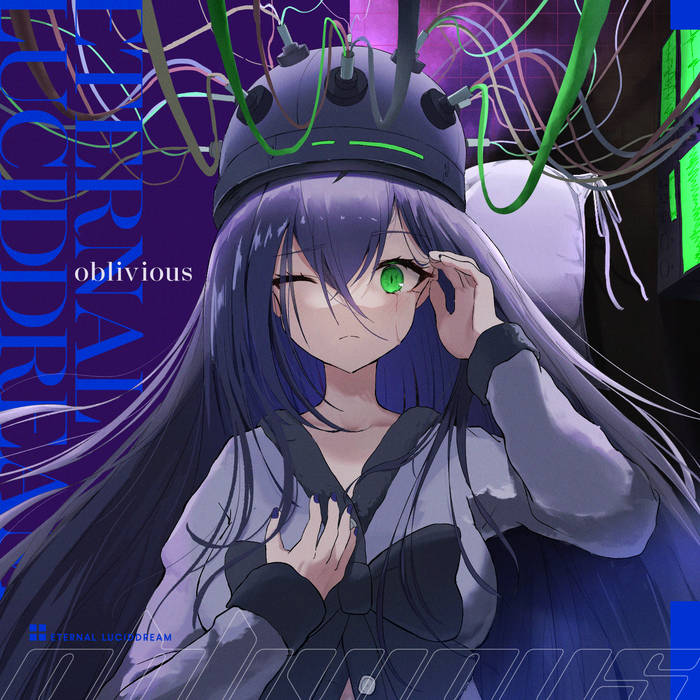“Don’t You Love Me?” is a song for when there is nowhere else to go.
Montell Fish originally posted a demo of it on his YouTube channel November 2022, but it had never officially been released.
August 15, 2024, he performed the song on COLORS, a well-known music platform in the soul and R&B scene… and it was breathtaking.
Montell Fish, real name Montell Frazier, is known primarily as a Christian artist. He draws inspiration heavily from his faith when creating music, his pure devotion phrased like lyrics of a love ballad. Songs like “Crumble,” whose lyrics are doting and unshakeable in their disposition, are ones I love even as someone who ascribes to a different faith.
“Don’t You Love Me?” is another beast entirely.
The chorus wastes no time, coming in desperate and swinging before anything else can take stage. The lyrics have a hint of something wavering, and Frazier’s voice tells me he’s on his knees:
“Know I get crazy / But don’t you love me anyway? /
And I know I frustrate you / But don’t you love me anyway?”
Like most of the music I love the most, this track found me at the perfect time.
Truthfully, that’s probably why I find it so moving: communication in my own relationship with the Divine exists substantially through sound.
So to come across a song that captures a familiar struggle so eloquently is truly special, especially if it’s not authored by someone with the same beliefs.
Also like many of the songs I hold closest to my heart, “Don’t You Love Me?” is relatively uncomplicated and somewhat repetitive, only breaking the prayer for a bridge in between; the devotion is apparent, however unadorned the track may sound.
After I’ve had it on loop for an hour or two, the song becomes a chant, of despair, of fear, and of faith in something unknown, but only because there is nowhere else to go.
– love & disco,
dirty chai

